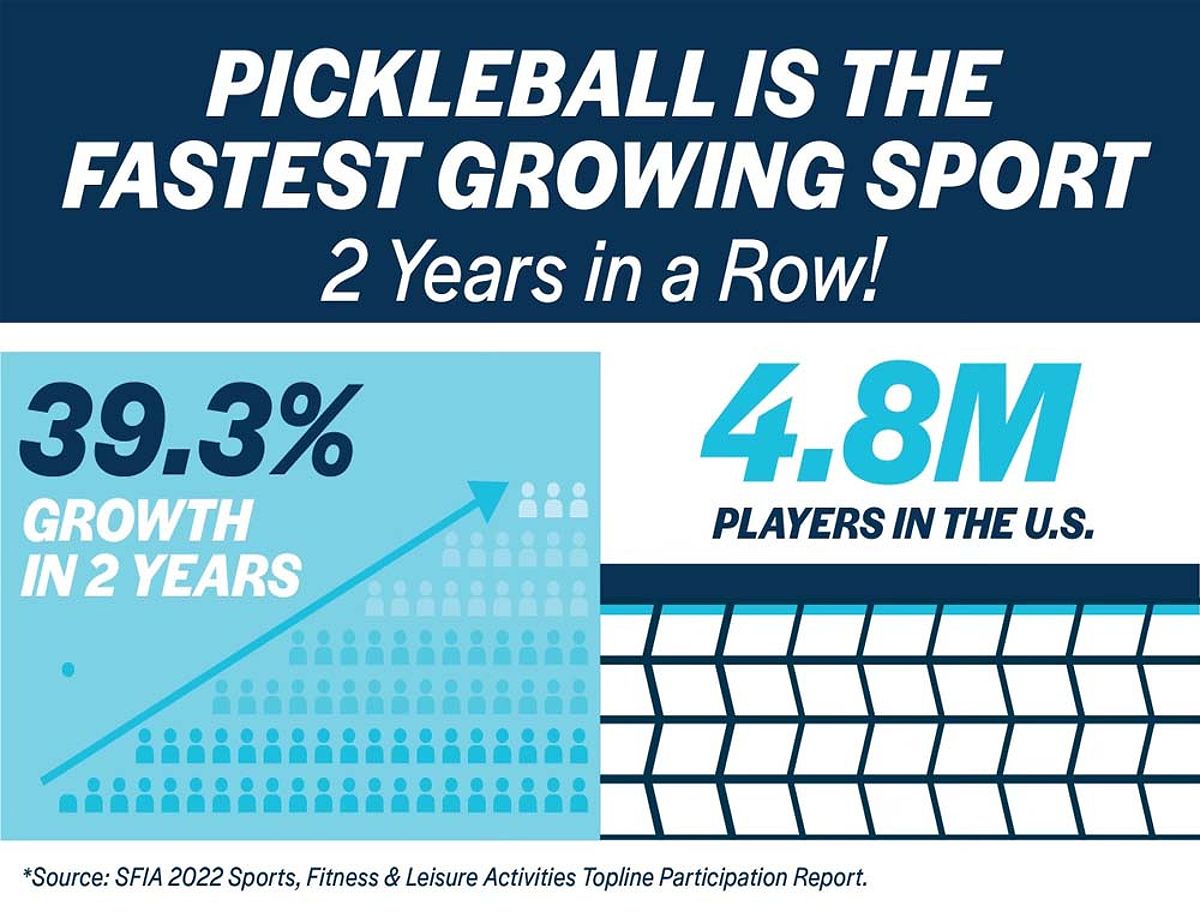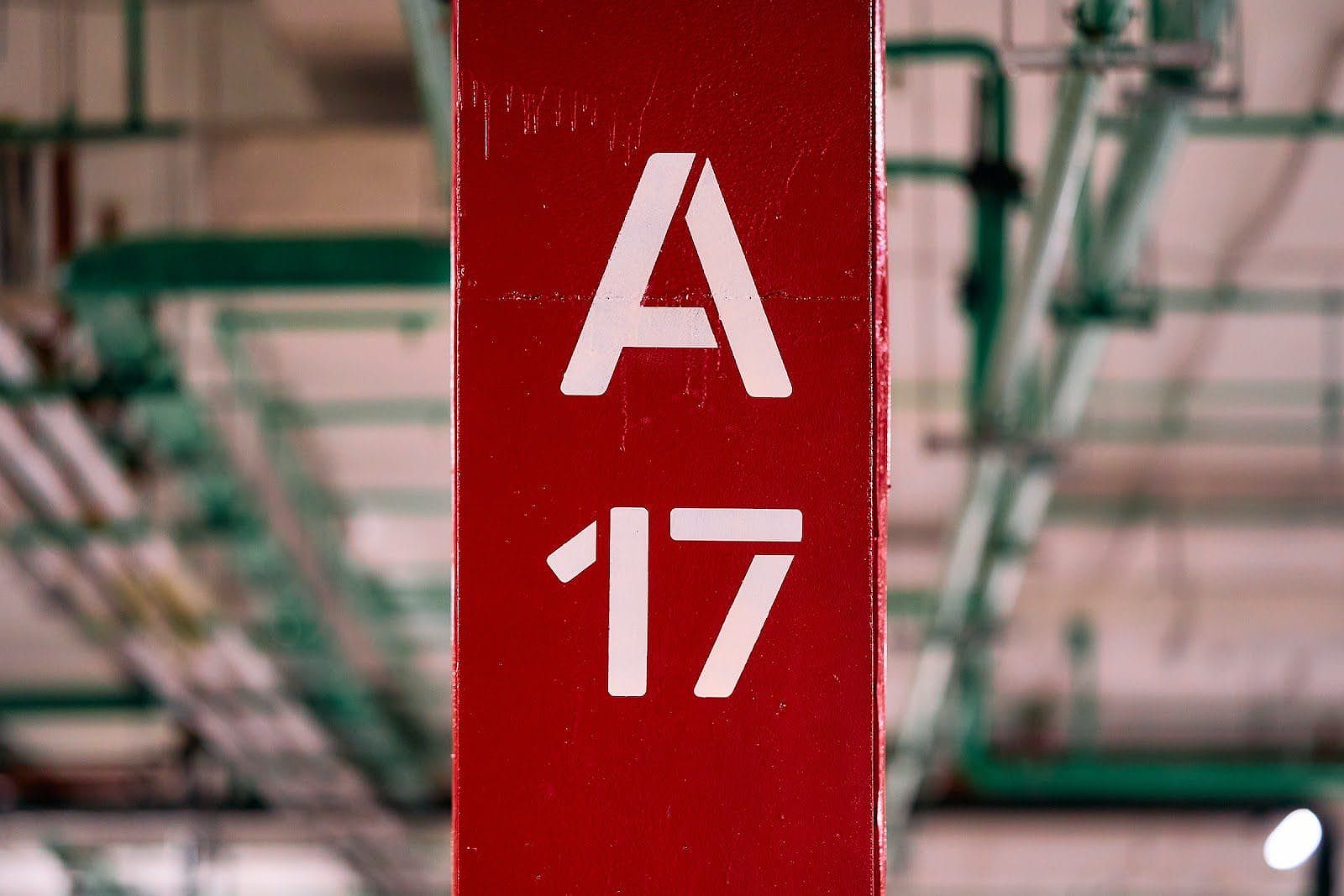How To Invest In Pickleball: A Winning Strategy For Your Community
Pickleball’s popularity has exploded, with participation increasing by 158.6% in just three years. This surge has driven investment in pickleball facilities, but how to invest in pickleball effectively requires careful consideration. Community leaders must go beyond simply building courts, factoring in community engagement, revenue generation, and mitigating potential challenges like noise complaints.
The Pickleball Boom: Why Now is the Time to Invest
The growth of pickleball has been nothing short of remarkable. In the past three years, the sport has experienced a staggering 158.6% growth rate, with over 36.5 million people in the United States having played the game. The pickleball paddle market alone exceeds $152.8 million and is expected to continue growing at an annual rate of 7.7%. These statistics underscore the potential for communities to capitalize on this trend by investing in facilities and programs that support the sport.
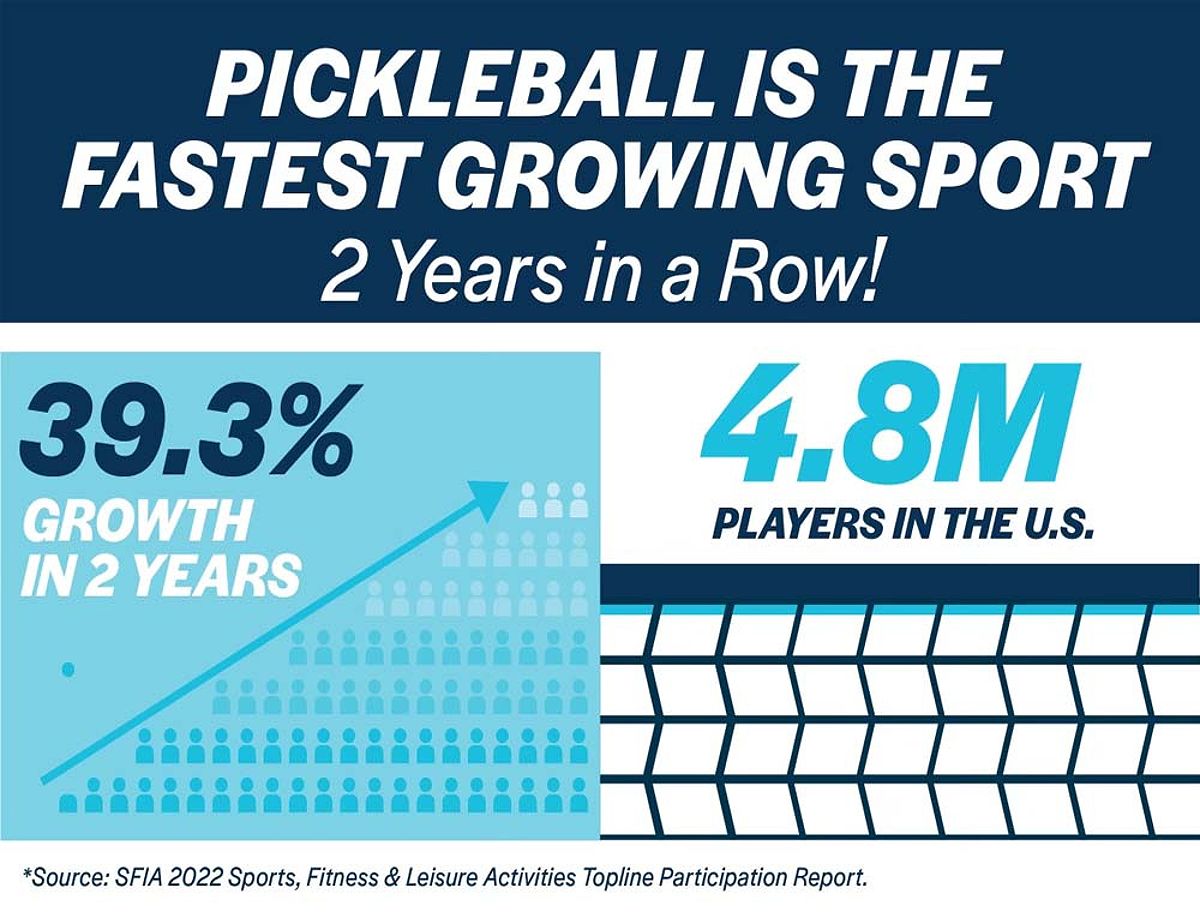
The appeal of pickleball spans across generations, making it an inclusive activity that attracts players from various age groups. Its smaller court size, slower ball speed, and easier-to-handle paddles make it accessible to everyone, from grandparents to school-aged kids. This multi-generational appeal is critical for community leaders to consider, as it means that pickleball can serve as a catalyst for family engagement and social interaction within neighborhoods.
In addition to its broad appeal, pickleball is also a social sport. Most games are played as doubles, which fosters communication and camaraderie among players. This aspect of the game not only enhances the enjoyment of participants but also strengthens community bonds, making it a valuable addition to any town or city.
How to Invest in Pickleball Facilities
When it comes to investing in pickleball, community leaders have several options to consider. Outdoor courts offer a more traditional pickleball experience, while indoor facilities provide year-round accessibility and the ability to host events and tournaments. Each option has its own set of advantages and challenges, which should be carefully evaluated before making a decision.
Site Selection and Design Considerations
The key to building a successful pickleball facility is finding the right location. Accessibility, parking, and proximity to amenities are all crucial factors that can influence the success of the facility. A well-located facility can attract not only local players but also visitors from surrounding areas who may come for tournaments or special events.
When selecting a site, it’s essential to ensure that the location is easily reachable by foot, bike, or car. Proximity to public transportation can also enhance accessibility. Additionally, consider the availability of parking spaces. A well-planned facility should have enough parking to accommodate peak times, especially during tournaments or community events.
Moreover, the design and construction of the courts must prioritize playability, sound mitigation, and an enjoyable user experience. Many communities are repurposing abandoned retail spaces or converting tennis courts to accommodate the growing demand for pickleball. For example, some facilities have successfully transformed old shopping malls into vibrant pickleball hubs, featuring multiple courts, social areas, and even dining options.
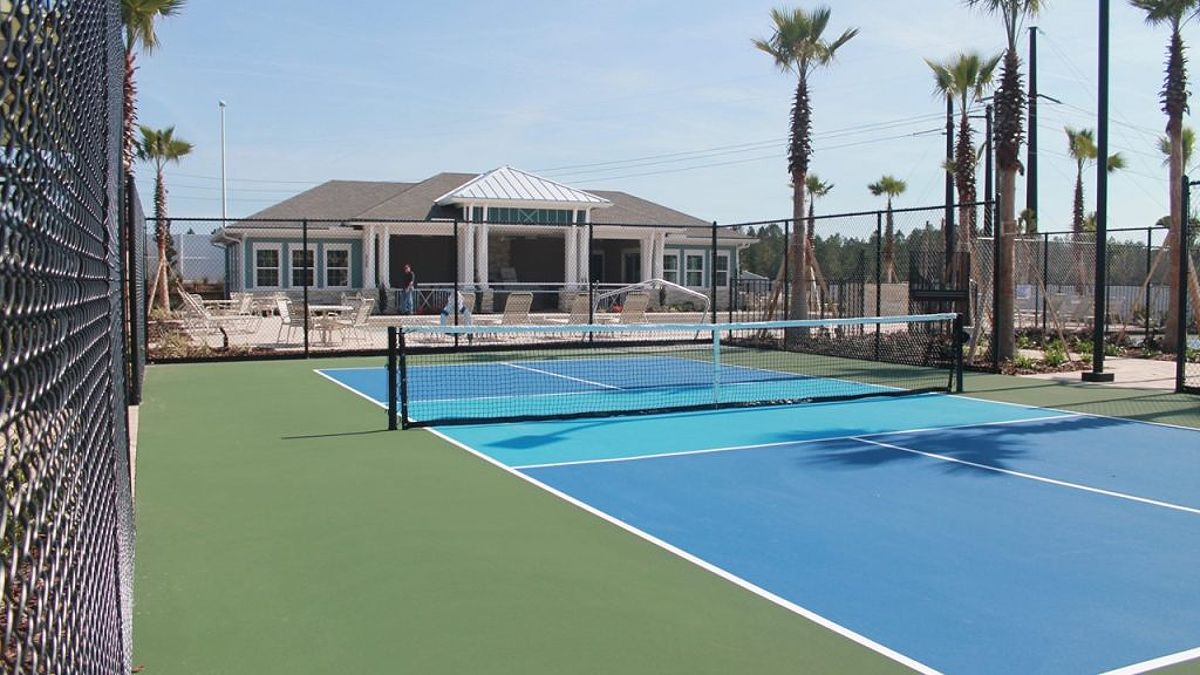
The materials used in court construction also play a significant role in the overall experience. Courts should be designed with high-quality surfaces that mimic outdoor play, ensuring a consistent experience for players. Furthermore, incorporating sustainable design elements and accessibility features can enhance the facility’s appeal and inclusivity.
Types of Facilities
Outdoor Courts
Outdoor courts provide a traditional pickleball experience and can be less expensive to construct than indoor facilities. They allow for a natural playing environment and can be enjoyed in good weather. However, outdoor courts are subject to weather conditions, which may limit playtime during rain or extreme temperatures.
Indoor Facilities
Indoor facilities offer year-round accessibility and the ability to host events and tournaments regardless of weather conditions. These facilities can attract a larger audience and provide a controlled environment for play. However, the construction costs are typically higher, often ranging from $50,000 to $100,000 per court.
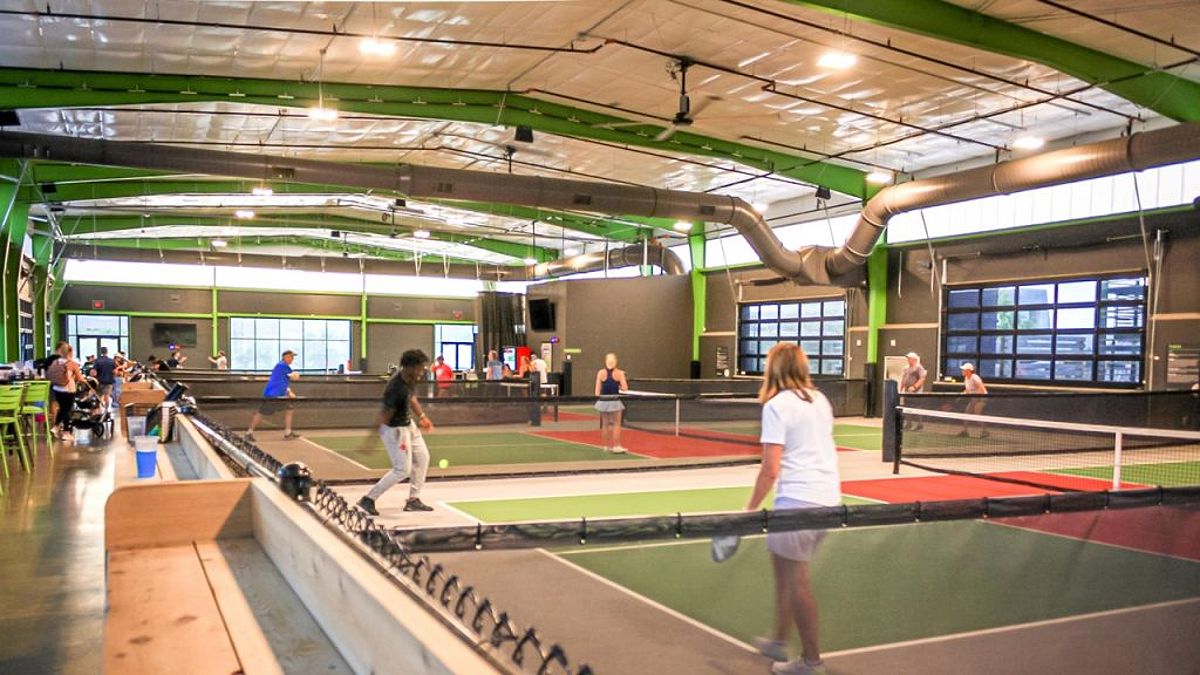
Hybrid Models
Some communities are exploring hybrid models that combine the best of both outdoor and indoor facilities. These might include covered outdoor courts that allow for play in various weather conditions while maintaining the outdoor experience. Hybrid models can be a versatile solution, accommodating a wide range of community needs and addressing potential challenges like noise mitigation and accessibility.
Generating Revenue and Economic Impact
Investing in pickleball facilities can yield significant financial returns for communities. From court fees and memberships to tournaments and events, there are numerous ways to monetize the investment. Facilities can charge for court reservations, offer membership plans, and host leagues or clinics that cater to various skill levels.
Revenue Streams
- Court Fees: Facilities can implement different pricing models for court reservations, including hourly rates or memberships that offer discounted play.
- Tournaments and Events: Hosting tournaments can attract players from outside the community, generating revenue through entry fees and spectator tickets. These events can also lead to increased spending at local businesses, such as hotels and restaurants.
- Concessions: Offering food and beverage services at the facility can create an additional revenue stream. Many successful facilities include cafes or snack bars that cater to players and spectators alike.
- Sponsorships and Advertising: Exploring partnerships with local businesses for sponsorships or advertising opportunities can provide additional revenue sources.
Economic Impact
The economic impact of pickleball extends beyond direct revenue generation. The sport has the potential to attract sports tourism, drawing visitors for tournaments and events. This influx of visitors can lead to increased hotel stays, restaurant revenue, and overall economic activity. Communities that invest in pickleball can position themselves as destinations for regional and national tournaments, further boosting their local economies.
The presence of a pickleball facility can also positively impact nearby property values. As more people seek out areas with recreational opportunities, homes located near pickleball courts may see an increase in demand, benefiting current homeowners and local real estate markets.
Engaging Your Community
Successful pickleball investment requires a strong focus on community engagement. By partnering with local organizations, schools, and recreational departments, community leaders can promote the sport and encourage participation. Building a sense of community around pickleball is essential for its long-term success.
Promoting Participation
To foster engagement, community leaders can implement various strategies, such as offering free introductory lessons, organizing public awareness campaigns, and developing youth programs. These initiatives can help introduce pickleball to new players and families, creating a welcoming environment for all.
- Free Introductory Lessons: Offering free lessons can attract new players and demystify the game for those unfamiliar with it. This initiative can be especially effective in schools and community centers.
- Public Awareness Campaigns: Utilizing social media, local media, and community events to promote pickleball can raise awareness and generate interest. Highlighting local players, success stories, and upcoming events can engage potential participants.
- Youth Programs: Developing programs that encourage youth participation in pickleball can ensure the sport’s sustainability. Schools can integrate pickleball into physical education classes, and local organizations can host youth leagues and tournaments.
Community events, such as tournaments or social gatherings, can further enhance interest in the sport. By hosting these events, leaders can encourage participation and create opportunities for players to connect with one another, fostering a sense of belonging and camaraderie.
Addressing Potential Challenges
As with any investment, there are potential challenges to consider when investing in pickleball. Noise complaints from nearby residents, parking issues, and competition from other sports can all present obstacles. However, solutions exist, such as strategic site planning, sound mitigation techniques, and collaborative partnerships with local stakeholders.
Mitigating Noise and Other Concerns
Addressing noise complaints is particularly important for outdoor facilities. Many communities have successfully implemented sound-absorbing materials, strategic court placement, and landscaping to buffer noise. Additionally, maintaining open communication with nearby residents can help mitigate concerns and foster goodwill.
- Sound Mitigation Techniques: Utilizing sound-absorbing materials in court construction and placing courts strategically away from residential areas can significantly reduce noise complaints.
- Communication with Residents: Engaging with nearby residents before construction begins can help address concerns and create a sense of community involvement. Regular updates about facility usage and events can maintain goodwill.
Parking issues can also arise, especially during peak times or events. Leaders should consider the availability of parking spaces when selecting a site and explore options for shared parking with nearby facilities or businesses.
- Strategic Site Planning: Assessing the potential for parking issues during the planning phase can help avoid future complications. Leaders can analyze peak usage times and adjust parking solutions accordingly.
- Shared Parking: Collaborating with neighboring businesses or facilities can create shared parking solutions that benefit everyone involved.
FAQ
Q: How much does it cost to build a pickleball court?
A: The cost of building a pickleball court can vary widely depending on the location, size, and type of facility. Outdoor courts can range from $10,000 to $30,000 per court, while indoor facilities can cost significantly more, often in the range of $50,000 to $100,000 per court.
Q: What are the zoning regulations for pickleball facilities?
A: Zoning regulations for pickleball facilities can differ across jurisdictions. Community leaders should work closely with local planning and zoning departments to ensure compliance with all relevant regulations, including noise ordinances, parking requirements, and land-use designations.
Q: How can I attract pickleball tournaments to my community?
A: Attracting pickleball tournaments can be a lucrative strategy for communities. By building high-quality facilities, developing relationships with tournament organizers, and marketing the local area as a pickleball destination, community leaders can position their communities to host these events and capitalize on the influx of visitors.
Q: What are the best ways to promote pickleball in my community?
A: Promoting pickleball in your community can involve a multi-pronged approach, including partnerships with local schools, recreation centers, and community organizations; social media campaigns; hosting free introductory lessons; and participating in national pickleball initiatives and events.
Q: How can I address noise complaints from pickleball courts?
A: Addressing noise complaints from pickleball courts can be challenging, but there are several strategies that can help mitigate the issue. These include strategic court placement, sound-absorbing materials, and maintaining open communication with nearby residents.
Conclusion
Investing in pickleball is not just about building courts; it’s about building a stronger, healthier, and more vibrant community. By leveraging the explosive growth of this sport, community leaders can attract tourism, create jobs, and enhance the quality of life for residents. With the right approach and a focus on community engagement, the potential returns on a pickleball investment can be substantial.
As the pickleball craze continues to sweep the nation, now is the time for community leaders to seize the opportunity and invest in this thriving sport. By following the strategies outlined in this article, you can position your community for long-term success and become a pickleball destination that attracts visitors and generates economic benefits for years to come. By fostering a love for the game and creating welcoming spaces for play, your community can enjoy the myriad benefits that come with investing in pickleball.
In summary, the investment in pickleball facilities is not only a financial decision but also a commitment to enhancing community life. By embracing this trend, communities can create spaces that foster connections, promote health, and stimulate local economies. The future of pickleball is bright, and with thoughtful planning and execution, your community can be at the forefront of this exciting movement.
MORE FROM pulsefusion.org

